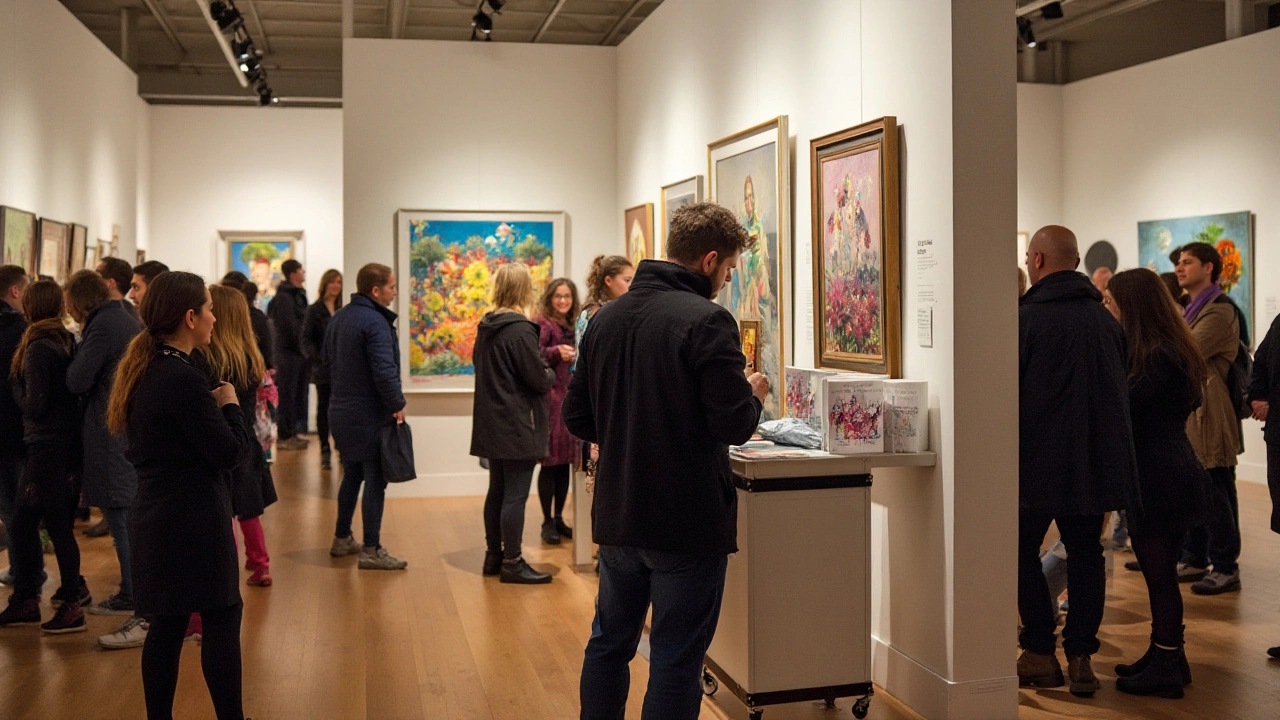Art Exhibits: Practical Tips and Fresh Inspiration
Ever walked into a gallery and felt the buzz of fresh ideas? That’s the power of a good art exhibit. Whether you’re an artist looking to showcase your work or a visitor hunting the next visual thrill, knowing the basics makes the experience richer. Below you’ll find straight‑forward advice that works for any size show, from a pop‑up corner to a big museum run.
Why art exhibits matter
Exhibits are more than just walls and pictures; they’re conversation starters. A well‑planned show can turn a passerby into a fan, a collector, or even a collaborator. For artists, it’s a chance to test ideas in real time and get honest feedback. For audiences, it’s a shortcut to the latest trends without scrolling endless feeds. In short, a solid exhibit bridges creators and viewers, making art feel alive.
Tips for making your exhibit shine
1. Pick a clear theme. Even a loose concept helps visitors follow the story you’re telling. Think of a single mood, colour, or message and let every piece support it.
2. Scale the space wisely. Bigger isn’t always better. Arrange works so there’s breathing room; crowding makes viewers skim instead of soak in details.
3. Use simple labels. A title, medium, and a one‑sentence hook are enough. Too much text overwhelms, while nothing leaves people guessing.
4. Light it right. Natural light works wonders, but if you’re indoors, use soft, even lighting to avoid glare. Spotlights on key pieces draw attention without harsh shadows.
5. Promote locally. Post your exhibit on community boards, local Facebook groups, and Instagram with a geo‑tag. A quick behind‑the‑scenes story can turn a few clicks into foot traffic.
Another easy win is to invite a short talk or Q&A. People love hearing the story behind the art, and it gives you a chance to connect directly. Keep the session informal—think of it as a chat over coffee, not a lecture.
Finding the right venue can feel tricky, but start with places you already know: coffee shops, libraries, or co‑working spaces often have walls begging for colour. Reach out with a concise proposal, include a few thumbnail images, and suggest a timeline that works for both sides. Most hosts appreciate the boost in foot traffic, especially if you agree to promote their space in return.
Finally, measure success beyond sales. Capture visitor numbers, collect emails for a newsletter, or simply note which pieces sparked the most conversation. Those insights help you refine the next show and grow your audience organically.
Ready to plan your own exhibit? Grab a notebook, jot down a theme, and start scouting local spots. With a clear concept, smart layout, and a bit of buzz, your art exhibit can become the talk of the town. Happy creating!

11 Nov 2024
Art exhibits, while primarily seen as cultural and artistic endeavors, also present financial opportunities. They can generate revenue through ticket sales, merchandise, and sponsorships. High-profile exhibitions attract larger audiences, increasing potential earnings. Understanding the financial aspects of art exhibits can help organizers balance artistic vision with financial reality. Successful exhibits often combine innovative curation and effective marketing strategies.
Continue reading...
